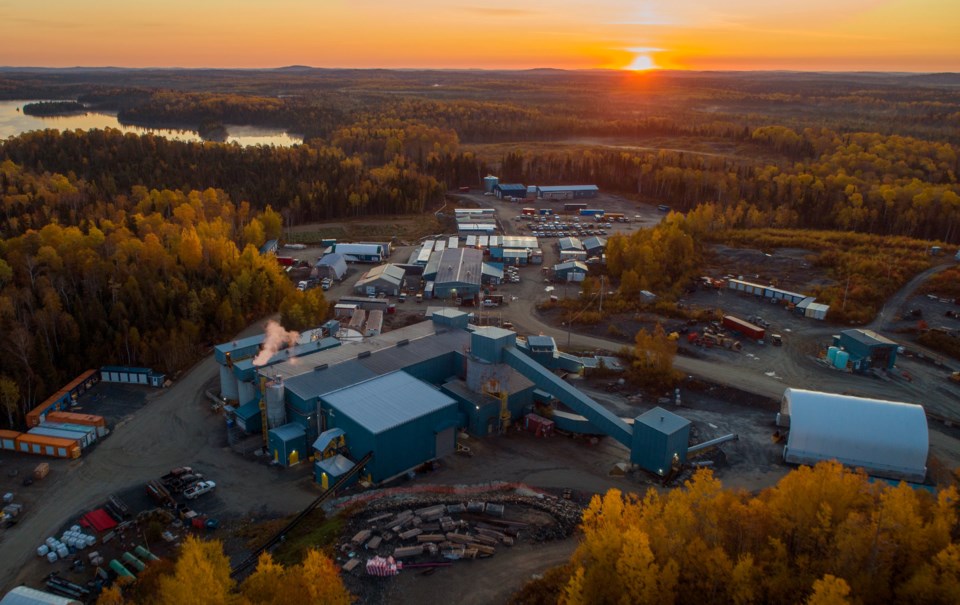Gold reserves and resources have increased at the Island Gold Mine, outside Dubreuilville, for the eighth consecutive year.
Island Gold continues to be Alamos’ catalyst of growth as the Toronto gold company released its end-of-2023 mineral reserves and resources for its operations in Canada and Mexico.
Alamos reported a 16 per cent increase in reserves and resources to 6.1 million ounces at Island Gold, which was acquired by the company in 2017.
Reserves are minerals that have been proven to be economical to mine based on location, quantity, grade, geological characteristics and feasibility. Resources are in a lesser category that looks promising but have not yet been proven to be economically mineable.
Reserves at Island Gold grew 18 per cent to 1.7 million ounces at average grades of 10.30 grams per tonne.
Over eight years, Alamos said in a Feb. 20 news release, 7.5 million ounces have been discovered at Island Gold “as it continues to establish itself as one of the highest grade and fastest growing deposits in the world."
Island Gold is undergoing a third wave of expansion with a new shaft, expanded mill and underground workings.
Since the Phase 3+ technical study came out in June 2022, which estimated an 18-year mine life, the company said gold reserves and resources have increased 21 per cent (about a million ounces) which bodes well for an operating life that exceeds 20 years.
The company has been rewarded by predictable geology at Island Gold and its willingness to spend on exploration on the 55,000-hectare property.
In 2023, Alamos budgeted $15 million for exploration at the Dubreuilville-area mine. This year, $19 million has been set aside for exploration to prove up resources near the mine and find new sources of gold further out on its property, closer to the historic Cline and Edwards mines and a 40,000-hectare land package acquired in 2023.
Island Gold’s main deposit remains open-ended laterally and deeper down, the company said, but there’s “excellent potential for growth” in some newly discovered zones closer in.
Underground drilling last year resulted in the discovery of defined structures called the hanging wall and footwall where Alamos reported significant high-grade drill hits. Since they are located close to infrastructure, it could streamline future mining operations.
About 70 per cent of new reserve and resource additions in 2023 came from these particular areas.
“These zones and other targets within the hanging wall and footwall represent significant opportunities for future growth,” the company said in a news release.
Since the zones are close to existing mine infrastructure, they would be low cost to develop and give the company the flexibility to mine on multiple fronts, leading to a more streamlined, efficient and profitable operation.
The growth in reserves and resources are directly attributed to the exploration budgets drawn up by Alamos over the years, earmarked for Island Gold.
The Young-Davidson Mine, 60 kilometres west of Kirkland Lake, recorded a small decrease in mineral reserves, down 74,000 ounces, to 3.3 million ounces at slightly lower grades of 2.31 grams per tonne. But the company said the deposit still remains open at depth and to the west.
About $12 million has been budgeted for exploration. This year’s drilling focus will be on extending mineralization within the host syenite rock where gold mineralization is found. Drilling will also test the hanging wall and footwall of the deposit where higher grades have been previously discovered.
